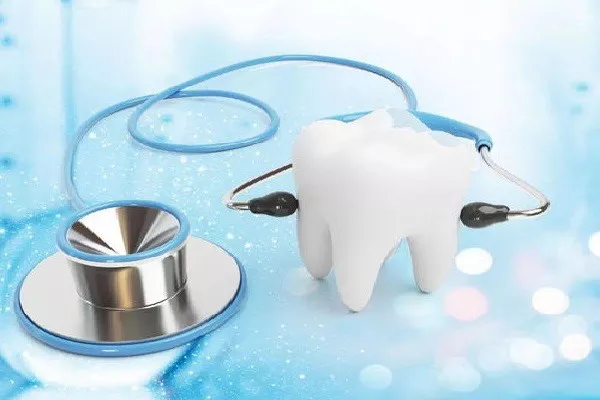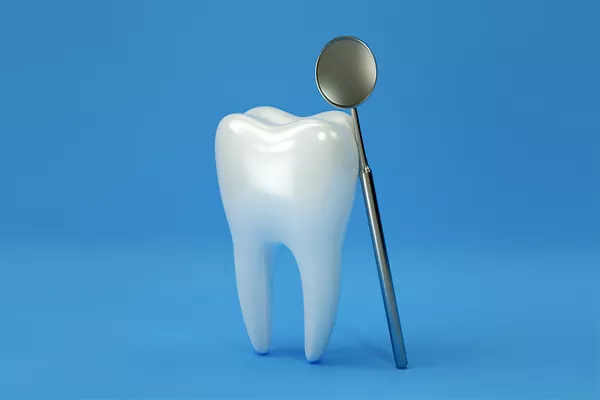Tartar, also known as dental calculus, is a hardened form of plaque that can build up on the teeth and lead to a range of dental problems, including gum disease. When tartar builds up on the teeth, it can cause the gums to pull away from the teeth, creating pockets where bacteria can thrive and cause further damage to the gums and teeth.
Fortunately, with proper treatment, it is possible for the gums to grow back after tartar removal.
When tartar is removed from the teeth, the gums are given the opportunity to heal and reattach to the teeth. This process is called gum recession reversal.
However, it is important to note that the extent to which the gums can grow back depends on the severity of the damage that has been done.
If the damage is extensive, the gums may not be able to fully grow back. In these cases, additional treatment, such as gum grafting, may be necessary to repair the damage.
To prevent tartar buildup and gum disease, it is important to maintain good dental hygiene practices, including brushing twice a day, flossing regularly, and scheduling regular dental check-ups and cleanings.
If you notice a buildup of tartar on your teeth, speak with your dentist. They can recommend a professional cleaning and provide guidance on how to maintain good dental hygiene.
In conclusion, while it is possible for gums to grow back after tartar removal, the extent to which they can grow back depends on the severity of the damage. It is important to maintain good dental hygiene practices and seek professional dental care to prevent tartar buildup and gum disease. Speak with your dentist if you have concerns about gum recession or tartar buildup on your teeth.
































